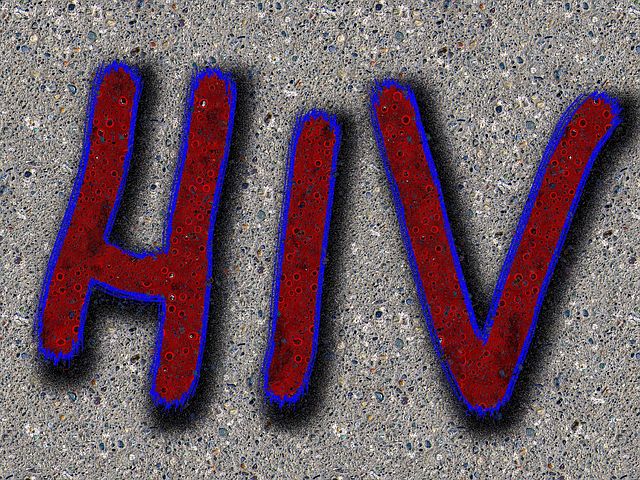New Assay Gives Greater Insight on HIV
The research behind the development of the test was supported by the National Institute of Allergy and Infectious Diseases, part of NIH.
February 1, 2019

A new assay developed by researchers at Johns Hopkins University can accurately count the cells that comprise the HIV reservoir- one of the biggest obstacles in curing the disease. The development of the assay could help researchers who are trying to eradicate the HIV reservoir to understand whether their strategies are working.
The research was supported by the National Institute of Allery and Infectious Diseases, part of the National Institutes of Health.
To develop the assay, the team, led by Robert Siliciano, MD, analyzed DNA sequences from more than 400 HIV proviruses taken from 28 people with HIV. Siliciano and his team of scientist mapped two types of flaws in the proviruses: deletions and lethal mutations. From there, the team then developed strategically-placed genetic probes that could distinguish the deleted or highly mutated HIV proviruses from the intact ones. Finally, the scientists developed a nanotechnology-based method to analyze one provirus at a time with these probes to determine how many proviruses in a sample are intact.
The researchers demonstrated that their method can readily and accurately measure the number of rare, intact proviruses that make up the HIV reservoir. The hope is that this new method will speed HIV research by allowing scientists to easily quantify the number of proviruses in an individual that must be eliminated to achieve a cure.
About the Author(s)
You May Also Like


